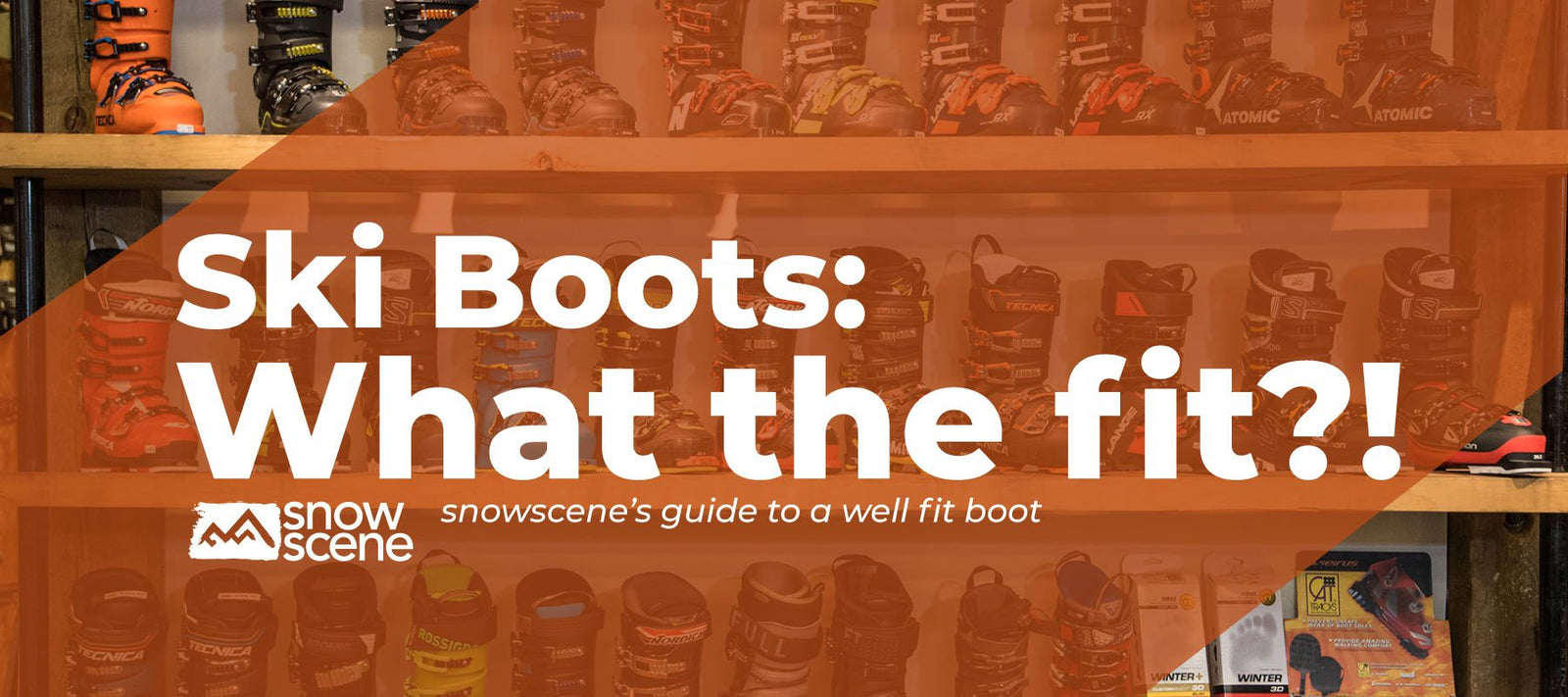Your Cart is Empty
Find us at: 357 Puanga St, Turangi

Most skiers and boarders who have been around the block will agree that the most important part of your setup is your boots. Boots bring everything together. You can have average skis and good boots - and have a great day, but reverse the roles with good skis and wrongly fitted boots - and your not going to have a good time at all. If you need some guidance on correctly fitting your existing boots, or deciding on which new boots to invest in - then this article is for you!
Doing up your boots...
Boots will feel different between eachother - disregarding size, due to a number of factors such as newness, brand, shell etc. Here is a simple guide of what feelings to expect from ski boots.
You may have heard the rumors, of people vastly improving the skiing ability, just from a change or upgrade in ski boots. Well this couldn't be more factual. 9 times out of 10, your skiing will improve from new ski boot tech. So now your excited, how do you go about selecting that holy pair you have always wanted. Let me explain:
BEFORE WE START: If you couldn't be bothered reading this article, then simply go to a experienced bootfitting ski shop (such as us!). They will do all the thinking for you.
A bit about you:
The first thing to do, is have a yarn. Lets talk skiing. How do you ski, whats your ability, where do you ski? All these things should be taken into account when purchasing your new boots. We will mention these things along the way.
Your feet:
Next, we need to get some measurements of your foot. We need to measure:
Once measured up we can start determining what boots will be suitable with your feet. A great start can be to choose a boot that matches your length. This should be a CM measurement (or mondo point) such as 28.5 etc. From there, select a boot with your desired width (or last).
Width measurements (or the LAST) can be applied to ski boots using the scale below:
Hopefully by now we have a narrowed your boot selection down to a few boots. Now its time to get gritty...
The Shell Check
We can determine a boot is going to fit you by performing a shell check. This can be done by removing your boots liner, and inserting your foot into the shell only. Once in, we will look and feel certain points for sufficient room. These points are:
Getting the size of your boot correct is the most important factor to purchasing your boots. Once your sizing is correct, consider a few of the other options below:
Flex
This is a measurement of how difficult to 'flex' the boot forward. We can determine flex via a number on most boots. Below is a chart to help determine what flex is right for you...
Mens Flex:
| Beginner to intermediate | intermediate to advance | Advance to Expert | Expert - Racer |
| 60-80 | 85-100 | 100-120 | 120+ |
Womans Flex:
| Beginner to Intermediate | Intermediate to Advanced | Advance to Expert | Expert - Racer |
| 50-60 | 65-80 | 85-100 |
110+ |
Liners
Each brand of ski boot stocks their own design of liners. Some liners have special properties that help mold your foot into place. All liners are designed to be tight upon first fit, and built to slowly 'pack-out' or wear in to your unique foot shape. Another option is to get your liner heat molded, which allows your liner to form to the shape of your foot when heated - and retain once cooled. You will find this liner supplied in certain boots from brands such as ATOMIC and the job needs to be completed by a pro bootfitter.
Shell Moulding
Certain shells are able to be customized via heat through a gun or special oven. Brands such as ATOMIC, allow you to heat up your shell and let the plastic shape to the contours of your foot, and add extra space where there may be a few niggles or pain points. This technology is GREAT for getting that painless, perfect fit! Again - a process to be carried out by your local bootfitter.
Buckles and Straps
Don't get to hung up on the buckles. People typically think the more buckles the merrier. Four buckles used to be all the rage, but now, 3 or even 2 are just as popular. Making sure there are good buckles on the top tongue is the most important - as that is what secures and holds your foot snugly in the liner. Often - having two buckles on your lower foot is overkill, and are simply aesthetic. Long story short - 3 or 4 is fine. Also consider:
Extras:
And that's it!
Now when you go into your local ski shop - you'll know what the boot fitter is talking about.
If you would like any more help, please send us a email and we will assist you as much as we can
Happy Shedding
Snowscene
Comments will be approved before showing up.